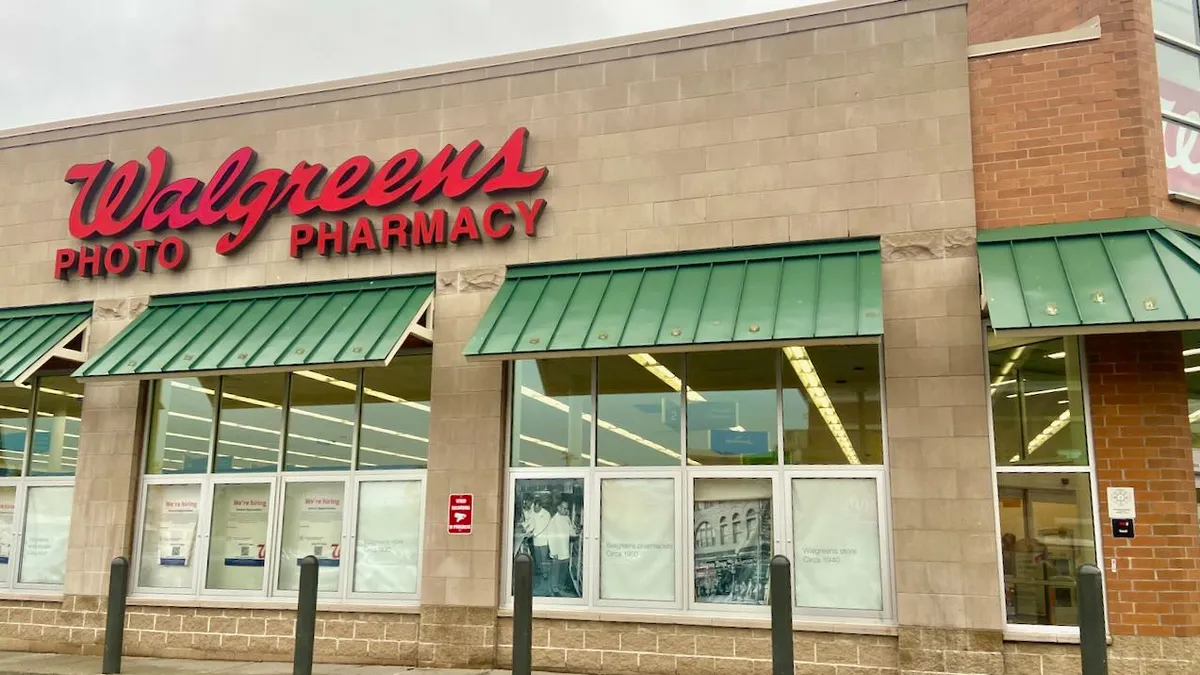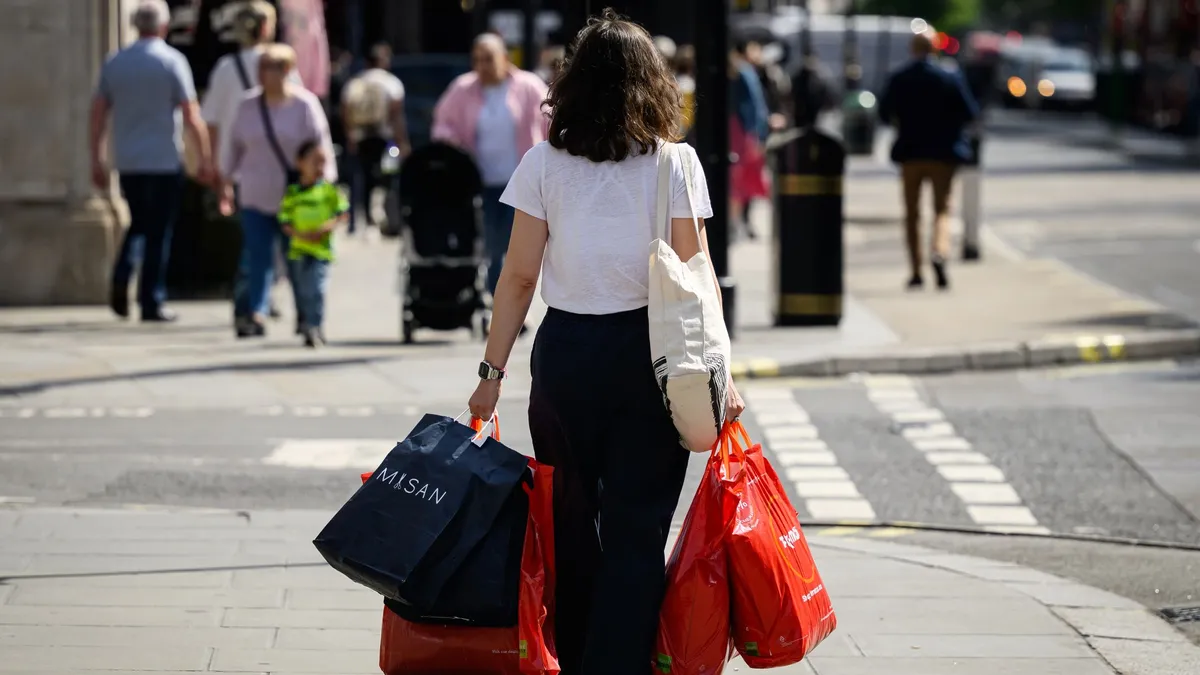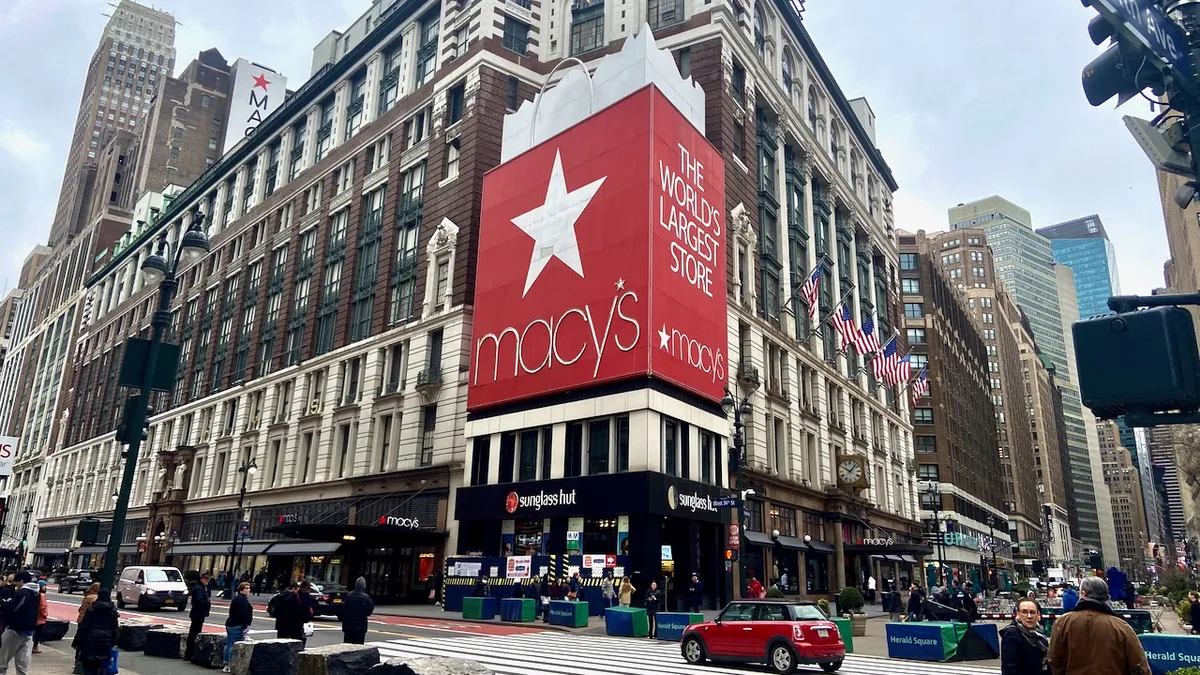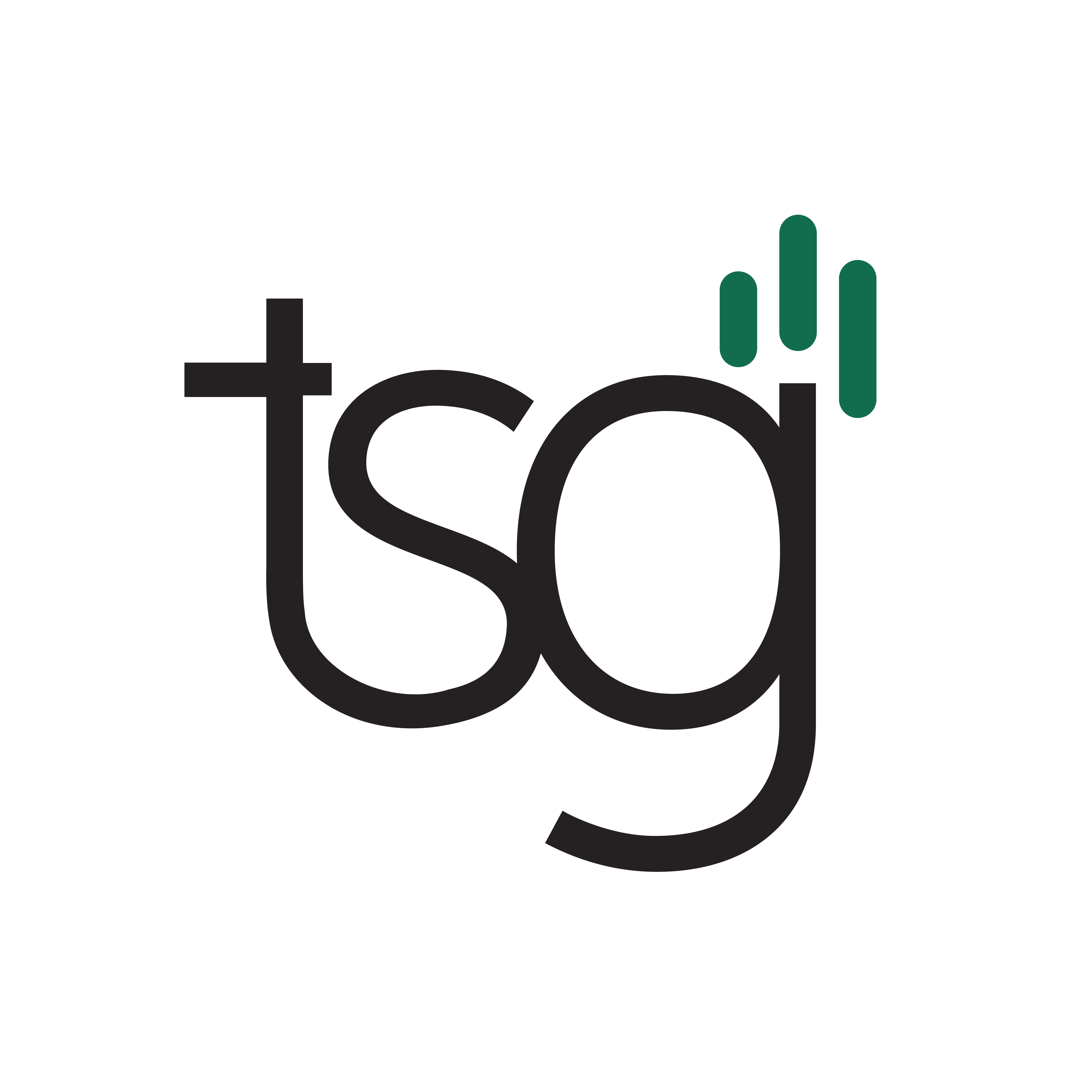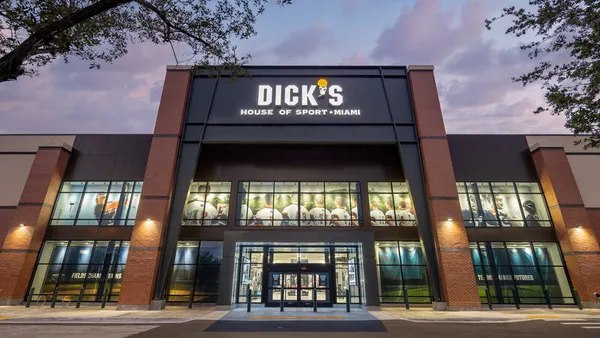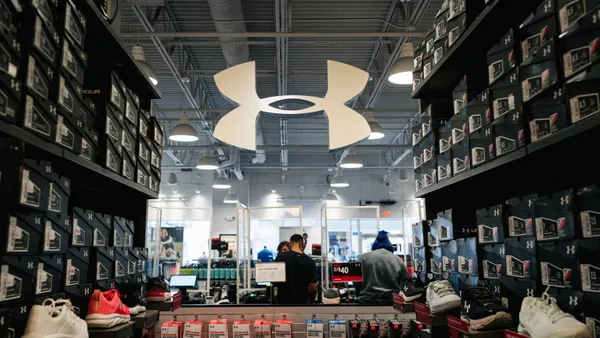Dive Brief:
- Walgreens shareholders overwhelmingly approved the previously announced $10 billion acquisition of the company by private equity firm Sycamore Partners, according to a Friday news release.
- Preliminary results show that about 96% of votes cast by shareholders were in favor of the merger agreement between the publicly held Walgreens and Sycamore. The early results also revealed about 95% of unaffiliated shareholders voted for the merger.
- The deal is expected to close during the third or fourth quarter of 2025. Shareholders will receive $11.45 per share in cash and could earn another $3 per share from the future sale of VillageMD businesses, which include Village Medical, Summit Health and CityMD. The total value of the transaction represents almost $24 billion, including debt and future payouts, per the company.
Dive Insight:
The acquisition of the company and its path to privatization comes as Walgreens’ sales continue to spiral downward. The retailer’s Q3 front-of-store retail sales declined 5.3% year over year, while it swung into the red, reporting a net loss of $175 million.
Walgreens announced in October it would close 1,200 of its stores over the next three years as part of a turnaround strategy.
Upon the deal closing, Walgreens will become a privately held company for the first time in nearly 100 years.
“We appreciate the consideration and overwhelming support from our shareholders in our value-maximizing transaction with Sycamore,” Tim Wentworth, CEO of Walgreens, said in a statement. “With Sycamore’s partnership, we will be better positioned to accelerate our turnaround strategy, further enhance the customer, patient and team member experience and become the first choice for pharmacy, retail and health services. We look forward to closing the transaction and entering this next chapter.”
Walgreens isn’t the only major drugstore chain to experience struggles in recent years. Rite Aid filed for two bankruptcies in the past two years, with its most recent Chapter 11 filing occurring in May, just eight months after emerging from its first.


